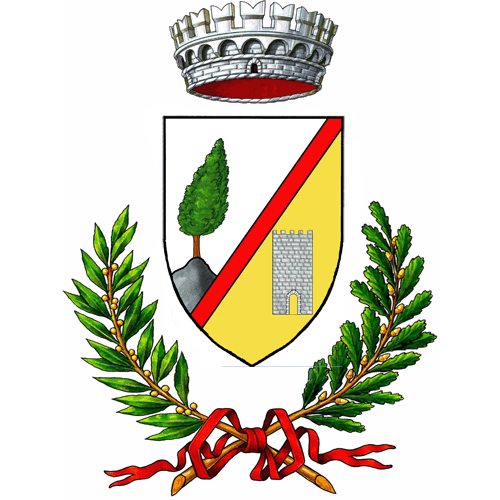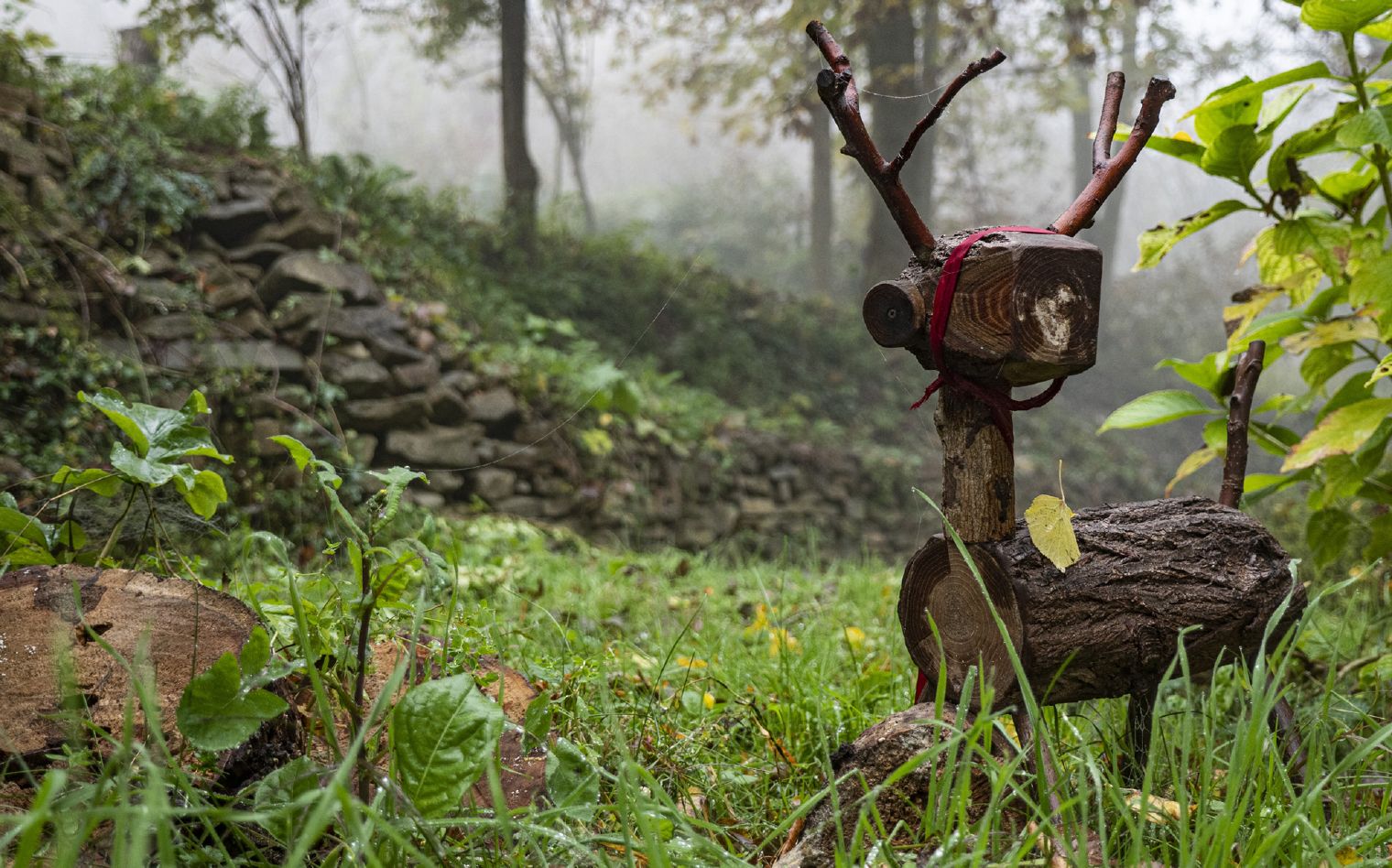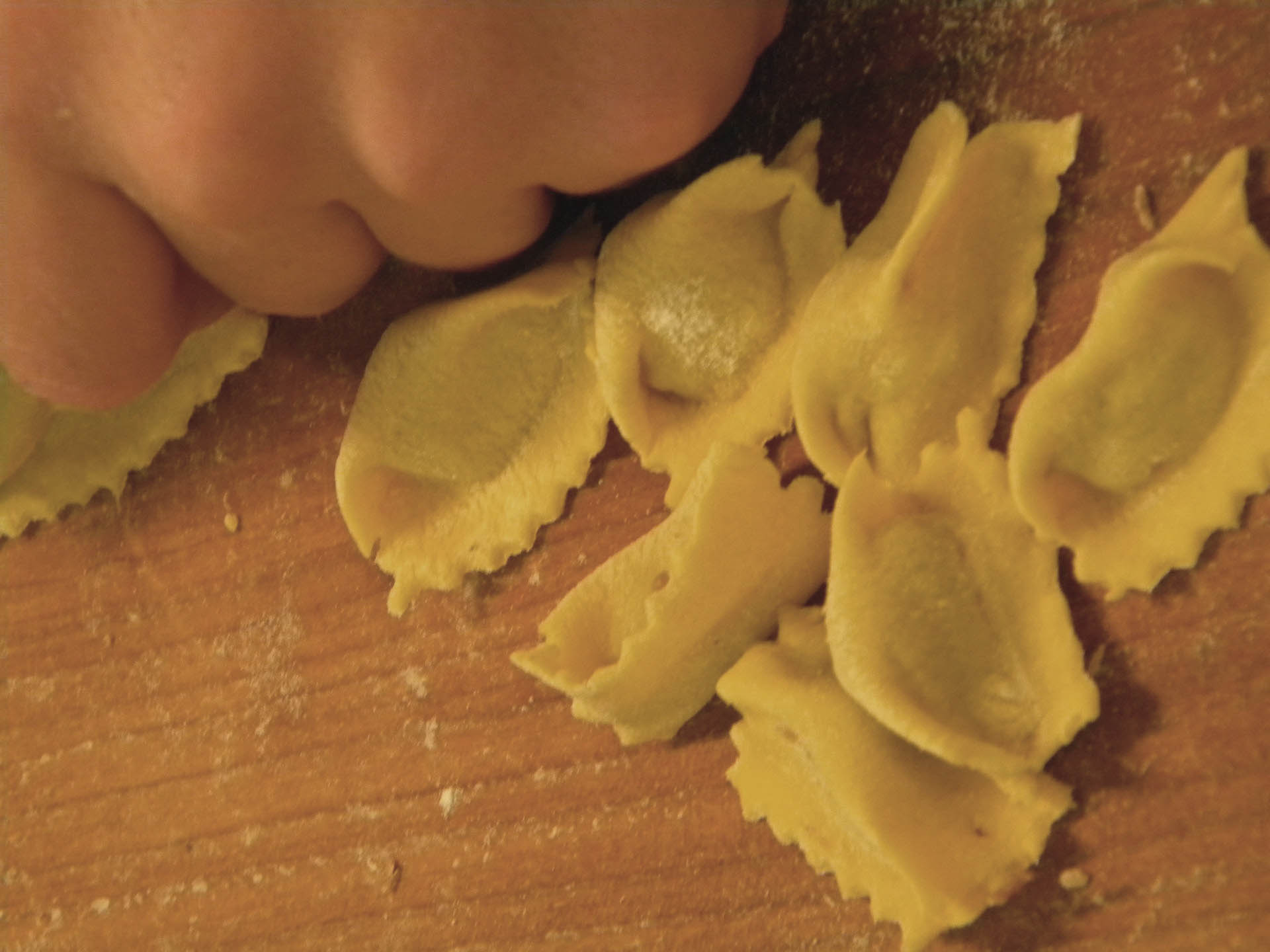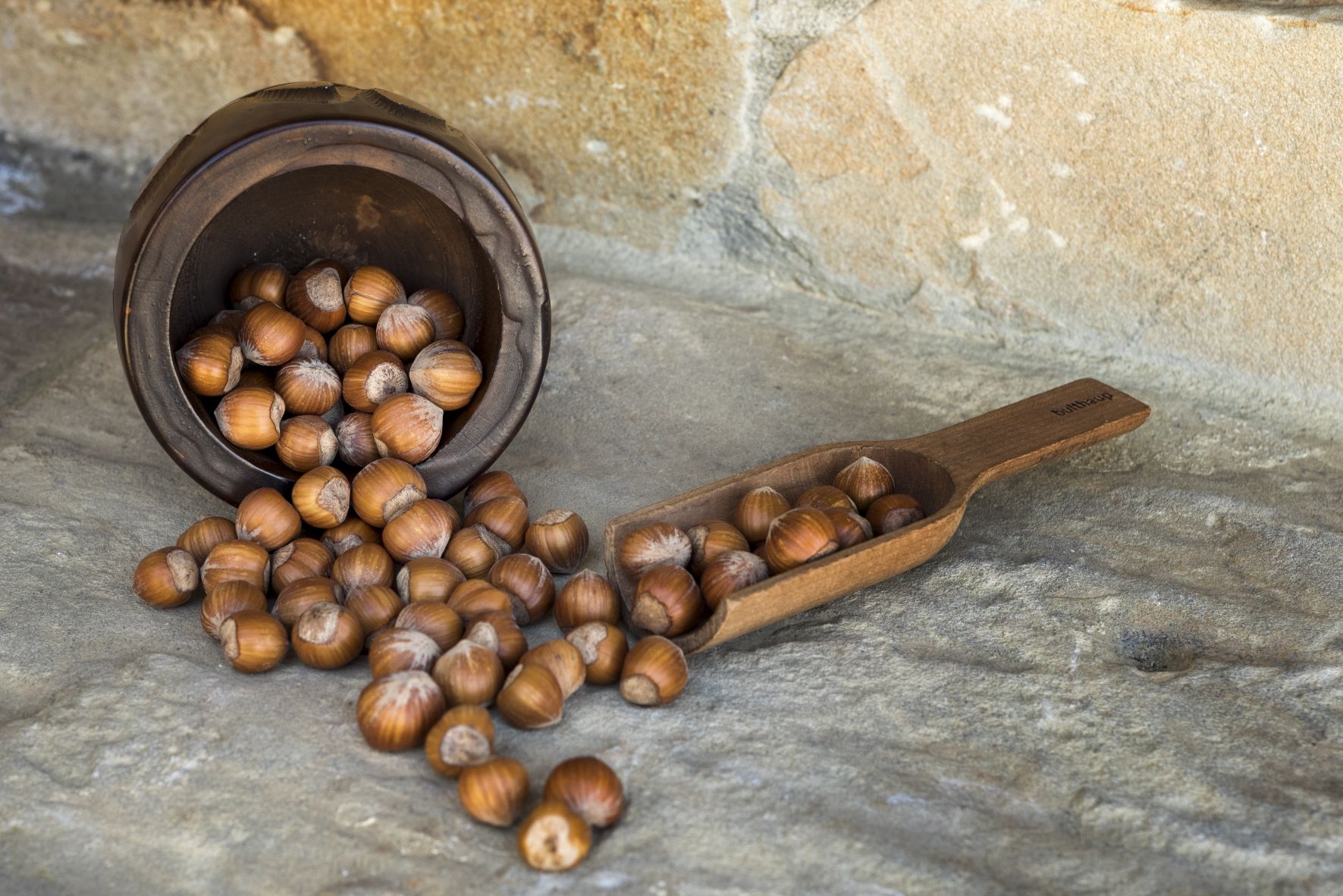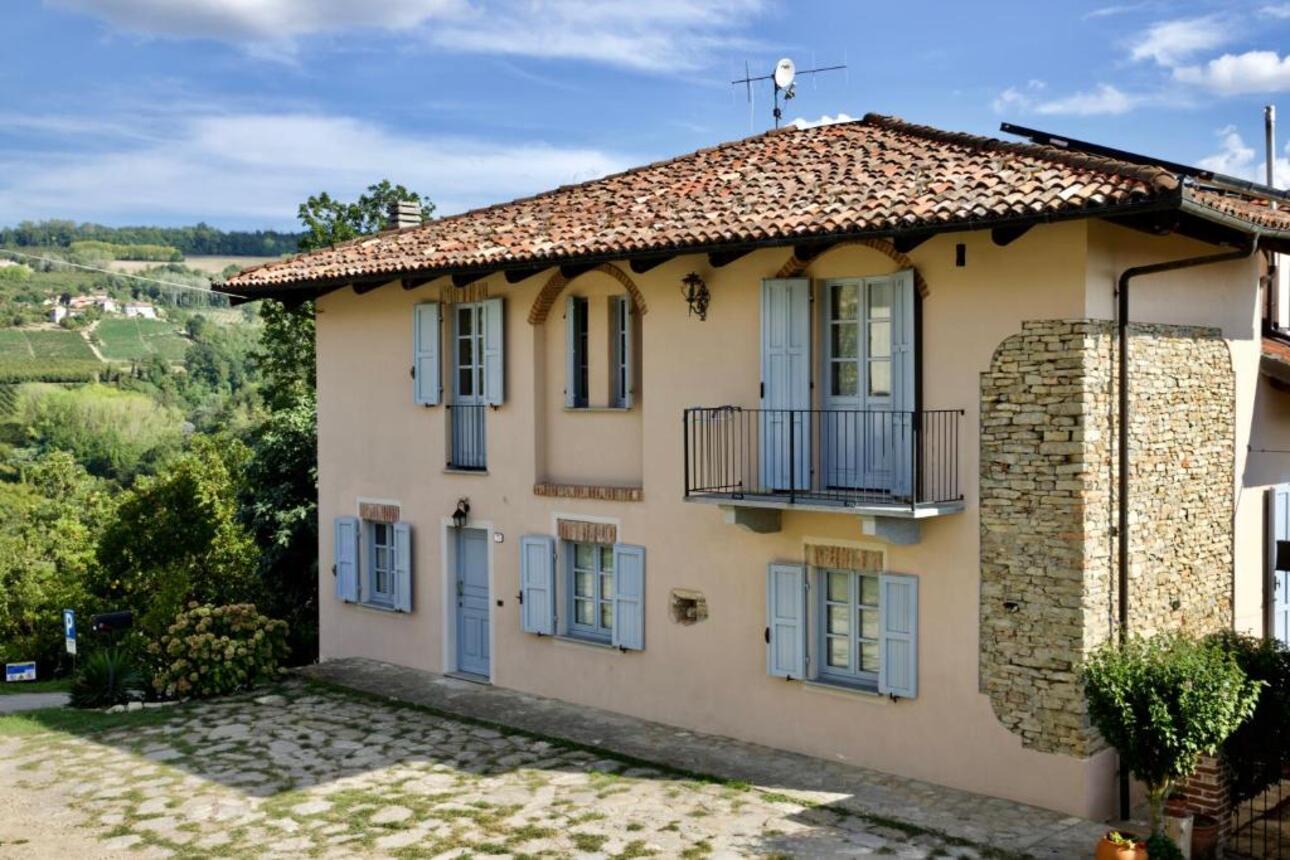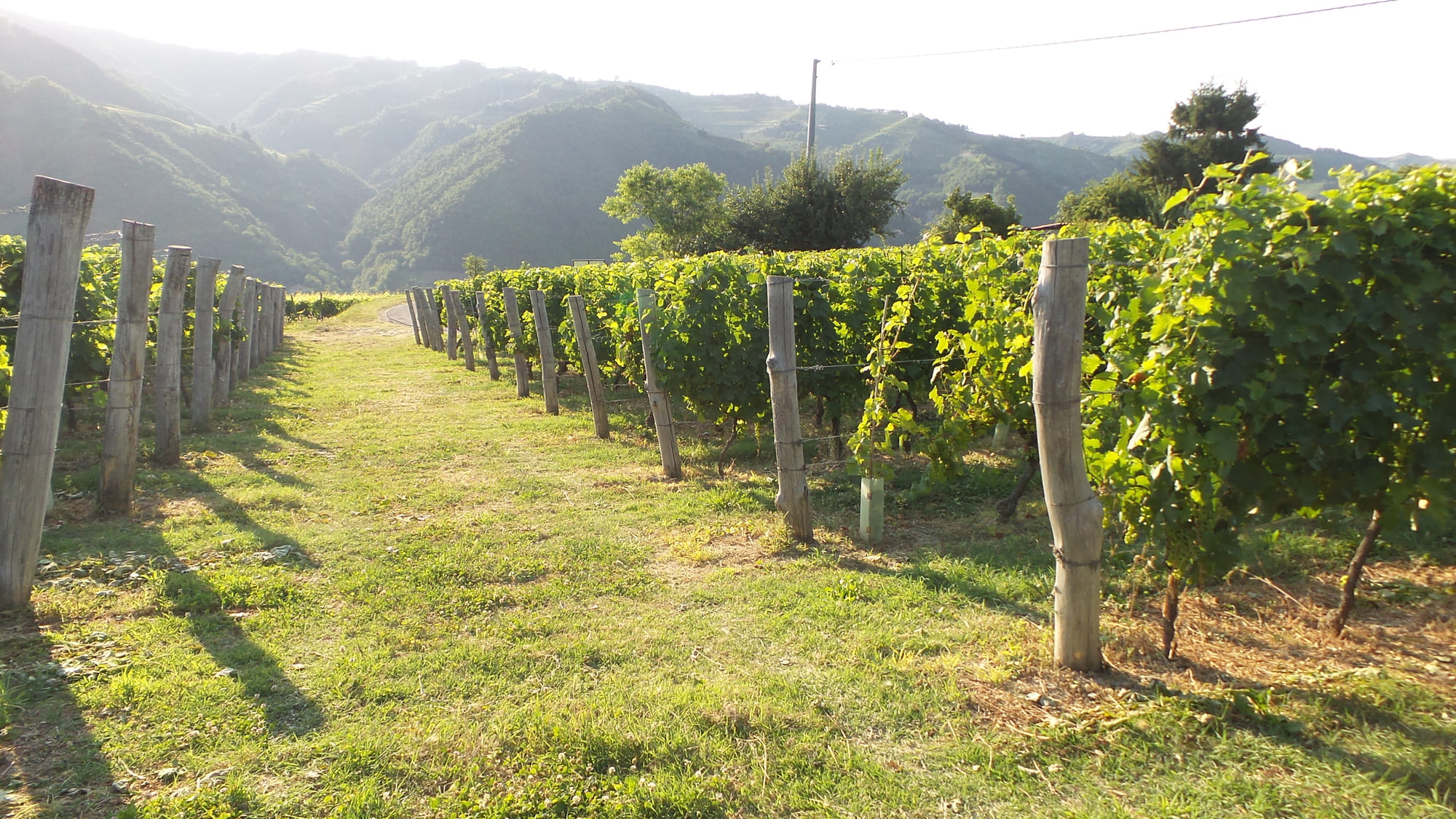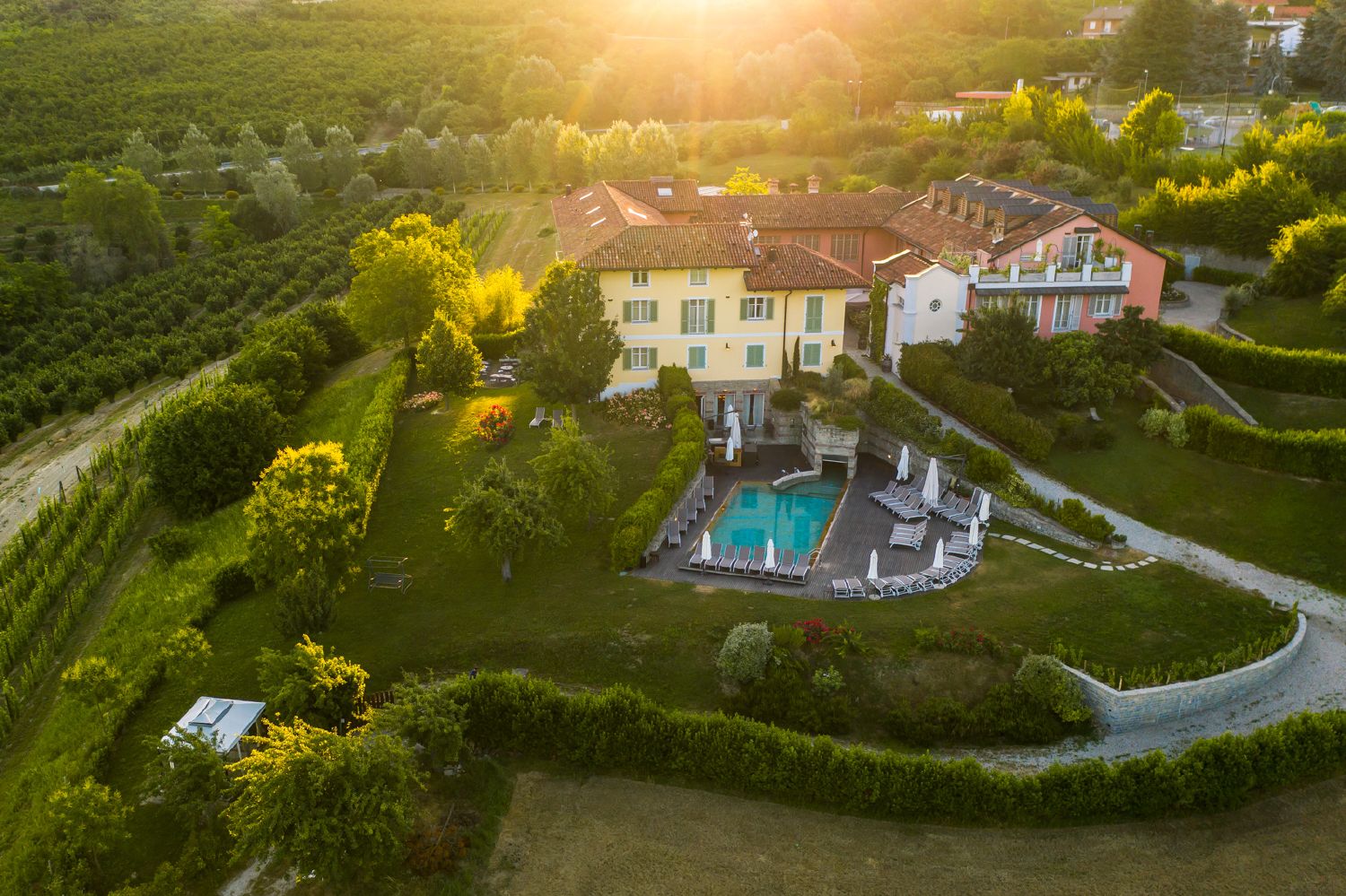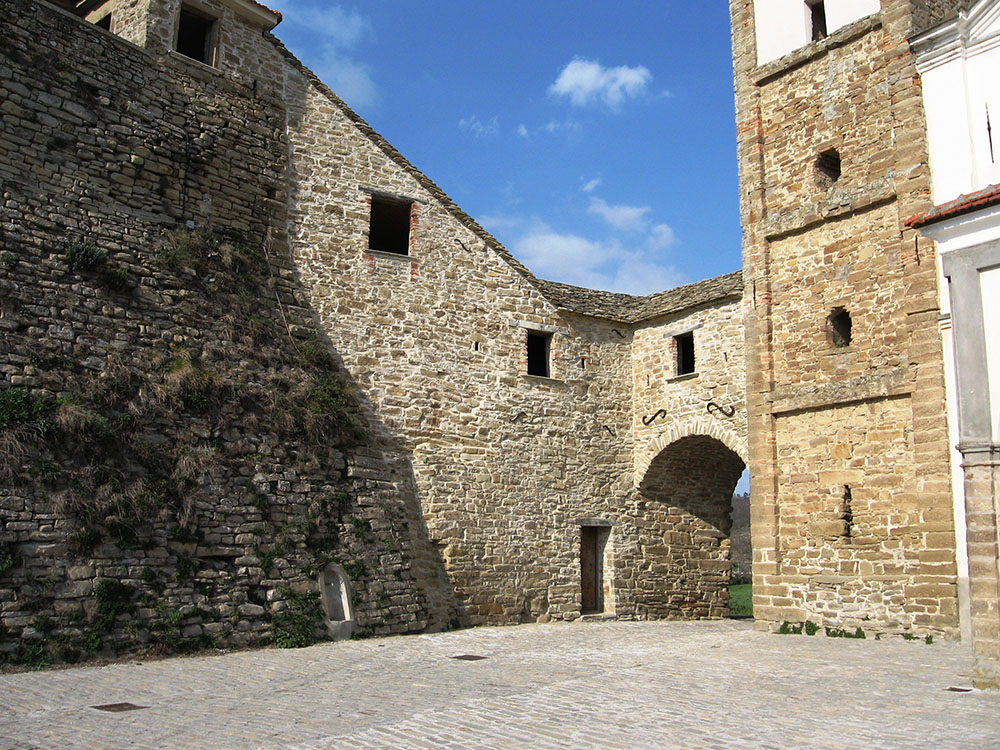
The municipality of Pezzolo Valle Uzzone is certainly one of the richest in evidence of the past, particularly because of the numerous country chapels scattered over its vast territory. However, a visit is recommended not so much to a single monument as to a small historic center that has come down to the present day almost intact, albeit “by merit” of a very strong depopulation.
This is Gorrino, currently a hamlet of a few souls but once an autonomous municipality, which preserves on its small square the beautiful church dedicated to St. Peter. It is overlooked by the bulk of the castle, to which it is connected by a covered passageway that allowed the nobles to attend sacred services without having to mingle with the commoners.
If you look closely at the castle walls, you can see different phases of the construction, which was originally created for defense needs and later turned into a residence.
Suggestive is the short lane that allows one to cross the entire settlement and then, after leaving the “cold gate,” to reach the arch of the main entrance again.
The Langhe in 7 Days
On the way back to Cortemilia we cross the last valley, the Uzzone Valley.
The villages here are even smaller than you might imagine, practically hamlets, and the houses are old.
These villages are actually open-air museums where you can observe the traditional construction methods of the area, such as dry stone walling.
Even the houses can be seen in their most original form, built with typical local sandstone, without a trace of mortar or cement: yet these walls have stood the test of time without apparent difficulty.
The roofs are made of slate, and despite their weight and age, they too have surprisingly remained in place over the years, despite wind, rain, and snow.
The quiet town of Gorrino you can admire its castle and the church of St. Peter, or the church of Our Lady of Todocco, which is still in use.
Other small villages are Torre Uzzone, Castelletto Uzzone, and Scaletta, where ancient frescoes are found in the Chapel of the Disciplinati.
Rosalinde Klein
The Langhe in 7 Days
Historical background
Goffredo Casalis thus describes Gorrino:
This village is called Gorina by the Supreme Pontiff Benedict VIII in a bull he issued in 1014. In the same year Emperor Henry, confirming to the monastery of Fruttuaria all the lands, which it first possessed, also named that of Gorrino. In the division of the states of Boniface marquis of Savona and Vasto (1142) this place was included in the marquisate of Cortemiglia, and it fell to the aforementioned Boniface sixth son.
Valuable information that Goffredo Casalis transcribes in the Geographical-Historical-Statistical-Commercial Dictionary.
And he continues:
Gorrino’s men in 1197 participated in an alliance between the towns of Asti and Alexandria. Bonifacio di Gorrino signed a 1209 deed by which Marquis Ottone Del-Carretto sold to the republic of Asti various lands that were under his jurisdiction. In 1228 the marquis of Ponzone Bonifacio received in retrofeudo from the marquis Henry of Savona, several places, among which we see that of Gorrino; and his descendants took its name. Another Bonifacio called di Gorrino, a doctor of laws, was judge and vicar of the marquis of Savona in 1280, while the latter sat podestà in Asti.
The information provided by Casalis, in his almost endless “Dictionary” was elaborated on the basis of the input of various collaborators, presumably distributed throughout the territory, men of culture, perhaps even parish priests and abbots.
More information about this hamlet also from Dictionary:
In 1313 the commune of Asti donated to Marquis Oddone Del-Carretto, and to Bonifacio his son, several castles and towns, including castrum, villam et jurisdictionem Gurrini. Toward the middle of the 17th century the fief of Gorrino passed to the Claretta nobles of Nice, in the person of Honoratus, first secretary, and state counselor to the Duke of Savoy, whose descendants later held it along with many other fiefs. Of the Ponzoni marquises of Gorrino were: Oliviero, who flourished in 1400, and was a knight of Rhodes. Peter, commander of Malta in the late 16th century. Charles of the order of s. Dominic, who in the mid-17th century was inquisitor of Saluzzo.
Castle
The ancient medieval hamlet is situated at about 700 m above sea level, locally referred to as“Castello” (or“in Castello – ‘n Casté“), where stands the imposing bulk of a late medieval stately home, partly also remodeled, but still strongly marked by its 15th-century structures, which certainly tower above other older ones.
St. Peter’s Church
A covered passageway connects the castle to St. Peter’s Parish Church, with an access arch restored in 2009 that opens onto the square from the southeast.
The church, described as “of modern and beautiful construction” in 1841 by Casalis, is presumably completed in the second half of the 18th century.
A stone tabernacle in the chancel toward theapse adds interest, along with a large apse painting from the1800s depicting Christ handing the keys to Peter, and three canvases in the side chapels, all in need of restoration despite their original quality.
A central street runs alongside old houses and the confraternal church of Our Lady of Loreto, which housed an archaic wooden statue of the Virgin until a few years ago.
The arch of the Cold Gate, visible on the outside with the coat of arms of the Marquises of Ponzone, marks the access from the northwest toward the Uzzone Valley and Cortemilia.
Elsewhere, localities such as Piovero, Pian delle Scandole, Puzacri, San Martino, and Piansoprano, restored as an ancient medieval shelter, illustrate the rich history of the area.
Numerous country chapels and votive shrines dot the landscape, with frescoes dedicated to patron saints such as St. Martin, St . Bernard, St. Sebastian, and St. Roch, evidence of thefolk art that decorated the lands from Piedmont to Liguria in past centuries.

Partisan Pedaling #1 on bike from Dogliani to Bonvicino
Via Codevilla, 4, 12063 Dogliani CN, Italia
Discover ↝

Partisan bike rides #5 biking in Bossolasco, Cravanzana and Serravalle
Via Belbo, 9, 12060 Bossolasco CN, Italia
Discover ↝

Big tour of Langhe Saliceto - Gottasecca - Prunetto - Levice - Bergolo
Saliceto, CN, Italia
Discover ↝
Are you planning a trip in the Langhe region?
Let us help you design the perfect vacation, and live your stay like a true insider
Free
Service
Ask us
For advice
Free Service
Ask us
For advice
Free Service

Fill in the form
reporting your interests and preferences
Receive our suggestions
directly into your inbox
And if it's not enough
we'll design a personalized trip!







